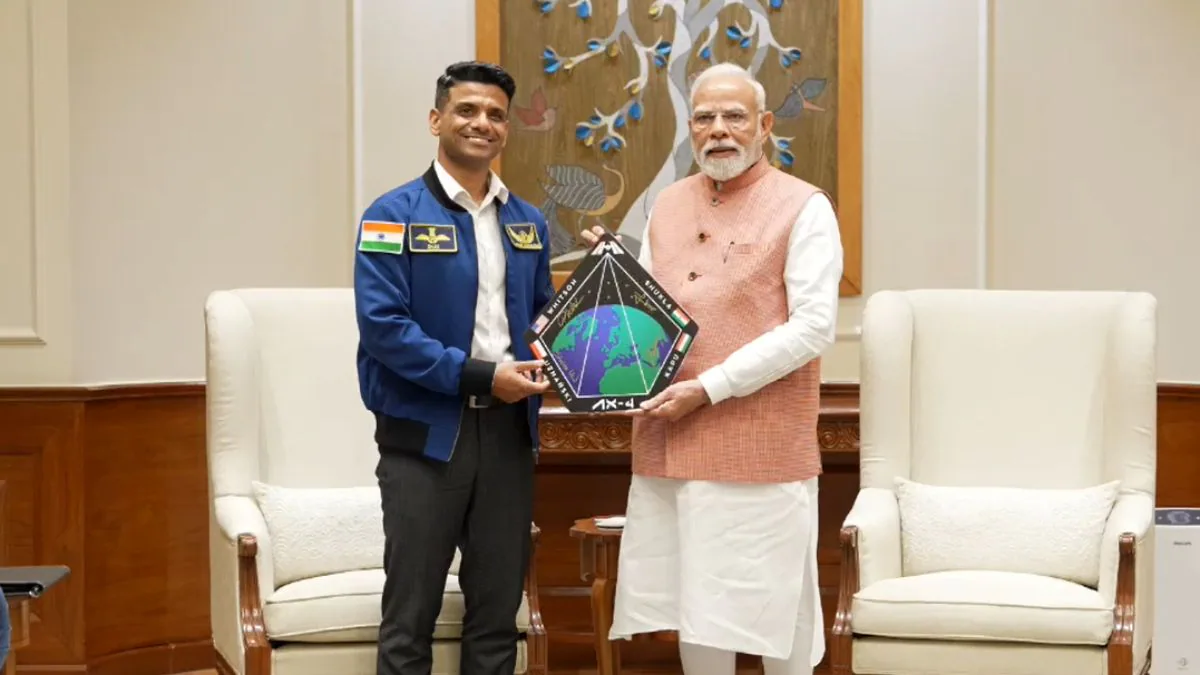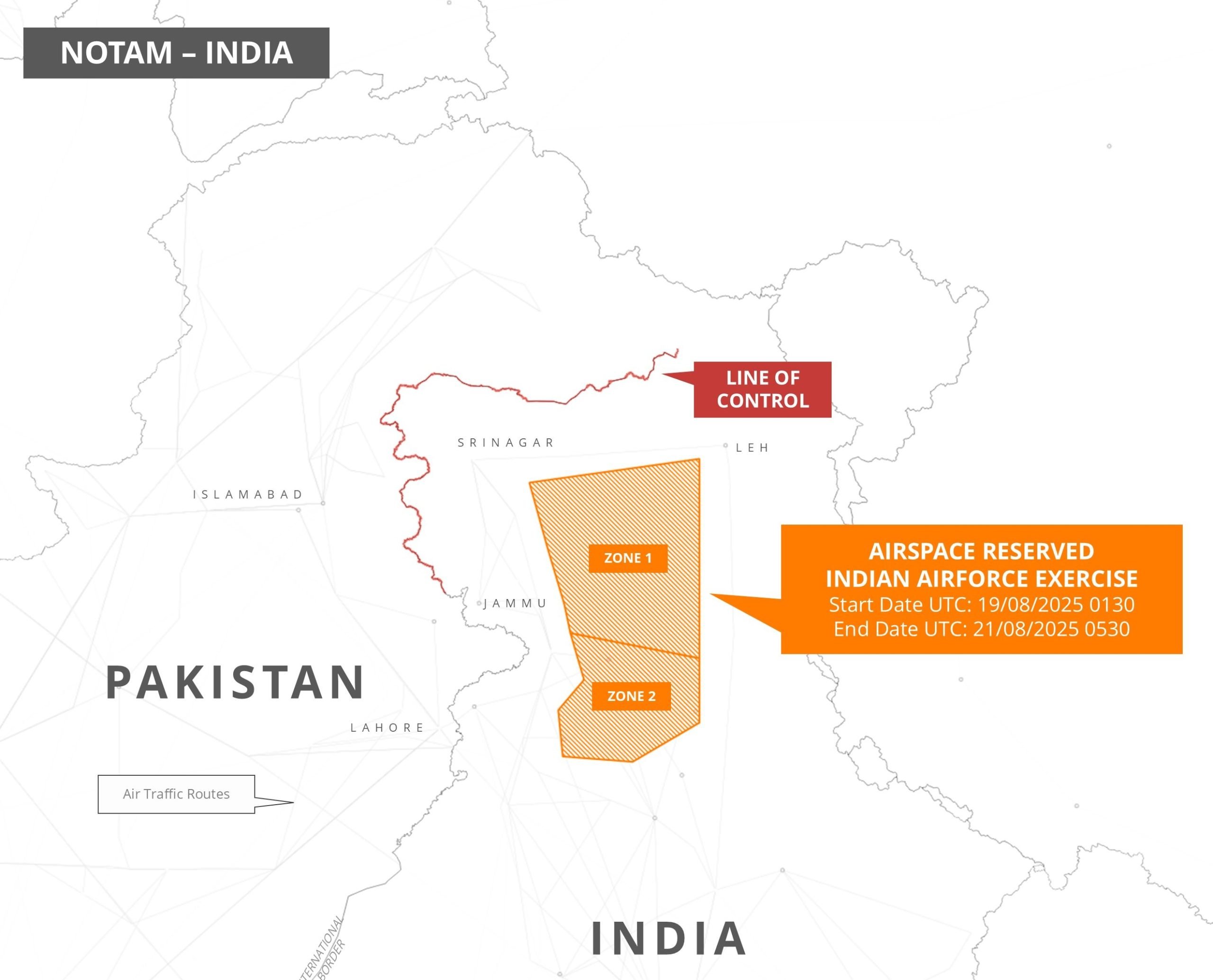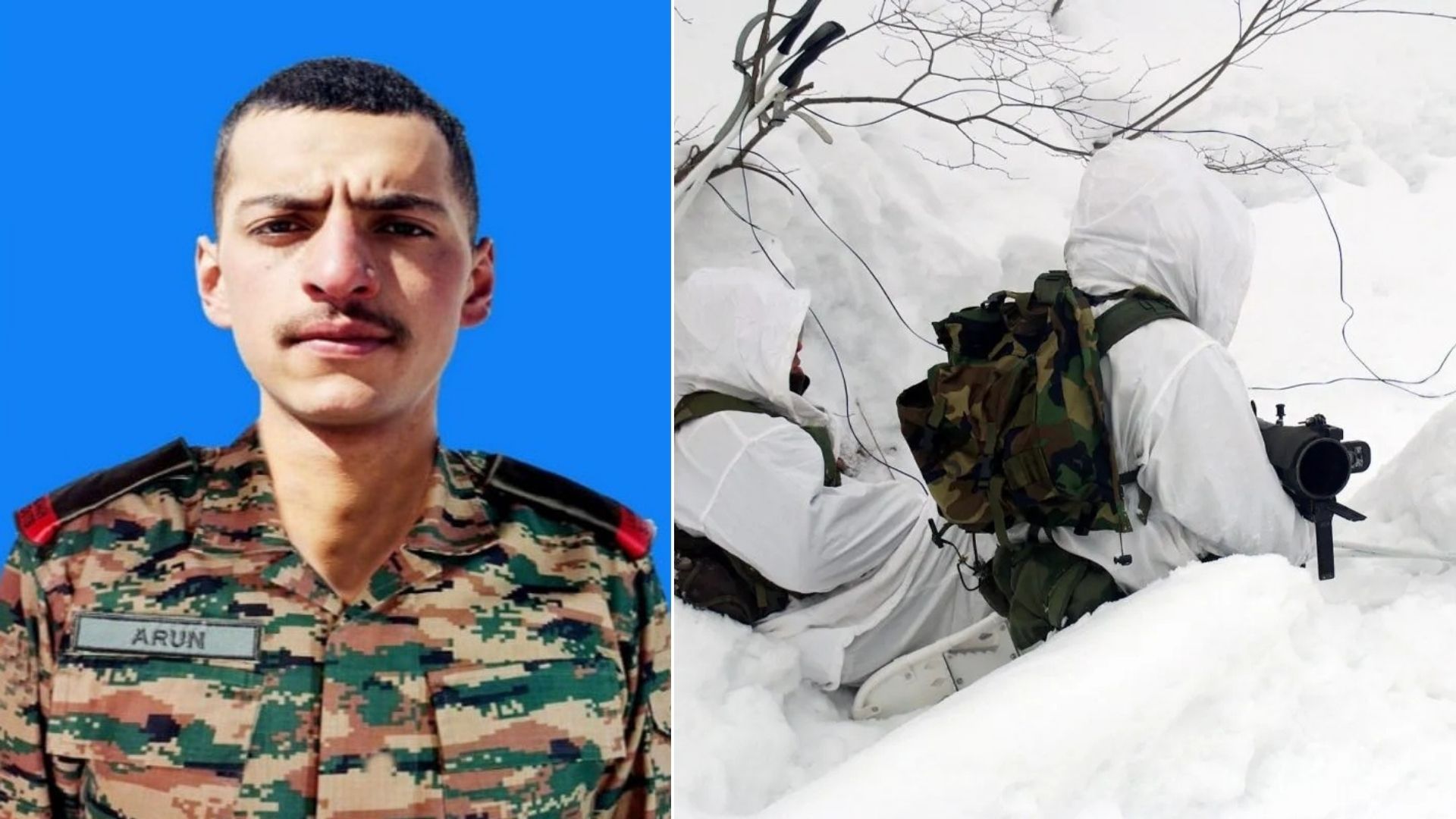Major General Vivek Tyagi Takes Charge as Additional Director General of NCC Maharashtra Directorate
Major General Vivek Tyagi has assumed charge as the Additional Director General (ADG) of the National Cadet Corps (NCC) Maharashtra…
NHAI Fines Toll Agency ₹20 Lakh, Moves to Blacklist After Misbehavior with Army Personnel at Meerut Plaza
The National Highways Authority of India (NHAI) has taken strict action against the toll collection agency responsible for the incident…
PM Modi Meets Group Captain Shubhanshu Shukla, Hails Milestone in India’s Human Spaceflight Program
Prime Minister Narendra Modi on Monday met Air Force Group Captain Shubhanshu Shukla, India’s first astronaut to serve aboard the…
Indian Army Officially Responds to Violence Against Soldier at Meerut Toll Plaza
The Indian Army has strongly condemned the assault on a serving soldier at Bhuni Toll Plaza in Meerut on August…
India Issues NOTAM For Major Air Force Exercise Near Line of Control with Pakistan
The Indian Air Force (IAF) will conduct a large-scale military exercise near the Line of Control (LoC) with Pakistan from…
Himachal’s Agniveer Arun Kumar Sacrifices Life at Siachen Glacier
Arun Kumar, a young soldier from Lahaul-Spiti district of Himachal Pradesh, has made the supreme sacrifice while serving at the…






